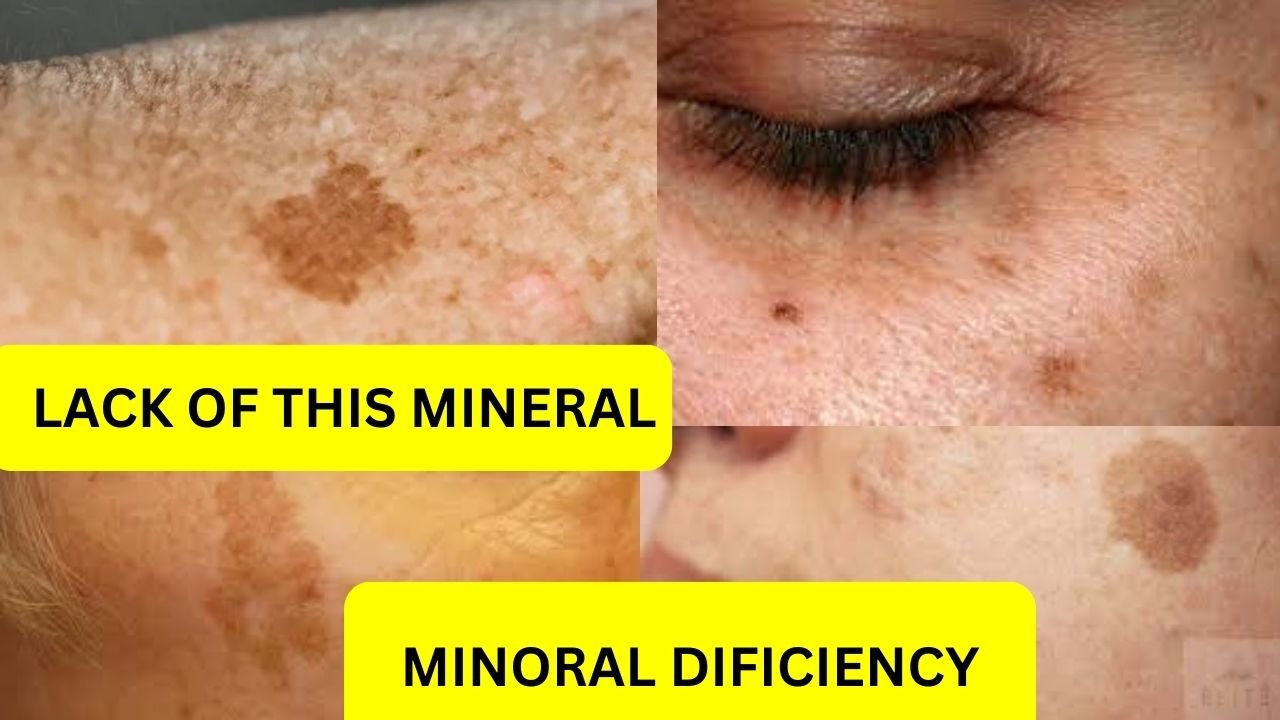Introduction:
Swollen legs, ankles, and feet are more than just an inconvenience; they can be indicative of underlying health conditions or lifestyle imbalances. Understanding the causes behind swelling is the first step towards finding relief. This article, coupled with our detailed video, explores the efficacy of natural remedies, essential vitamins, and lifestyle adjustments in combating this common issue.
We encourage you to watch our video “Say Goodbye to Swollen Legs, Ankles, and Feet: Essential Vitamins & Remedies Revealed!” for an in-depth exploration of each topic mentioned here.
The Root Causes of Swelling:
Swelling, or edema, can stem from a variety of sources, including prolonged periods of standing or sitting, heart or kidney conditions, and even dietary choices. Our video delves into these causes, explaining the physiological processes that lead to the retention of fluids in the lower extremities.
Vitamin Deficiencies and Their Role:
Certain vitamins play a crucial role in managing swelling. Vitamins B1, C, and D, in particular, have been identified as key nutrients that help maintain fluid balance and support the lymphatic and circulatory systems. We discuss how these vitamins work in the body and how you can incorporate vitamin-rich foods into your diet.
Natural Remedies and Herbs:
Beyond vitamins, a range of natural herbs and spices offer relief from swelling. Dandelion, nettle leaf, and ginger, among others, possess diuretic and anti-inflammatory properties that can help reduce fluid buildup. Our video outlines how these natural remedies work and suggests practical ways to include them in your daily routine.
Lifestyle Changes for Long-term Relief:
Addressing swelling isn’t just about short-term fixes; it involves making sustainable lifestyle changes. We highlight the importance of regular movement, elevation of the legs, and the use of compression garments as effective strategies to prevent and manage swelling. Additionally, we touch on the impact of hydration and dietary choices on overall fluid balance.
Advanced Treatments and Therapies:
For those who require more than dietary and lifestyle adjustments, we discuss advanced treatment options, including medical diuretics and potential surgical interventions. It’s crucial to consult with a healthcare provider to explore these options, especially if swelling persists despite making natural and lifestyle changes.
Conclusion:
Managing swollen legs, ankles, and feet often requires a multifaceted approach. By combining the insights from our video with the comprehensive information provided in this article, you’re equipped to take proactive steps towards reducing swelling and enhancing your overall health. Remember, your body’s ability to heal and maintain balance is supported by both the nutrients you consume and the lifestyle choices you make.
We encourage you to watch our video “Say Goodbye to Swollen Legs, Ankles, and Feet: Essential Vitamins & Remedies Revealed!” for an in-depth exploration of each topic mentioned here. Together, this article and video serve as your guide to understanding and addressing swelling through natural, healthy means.

